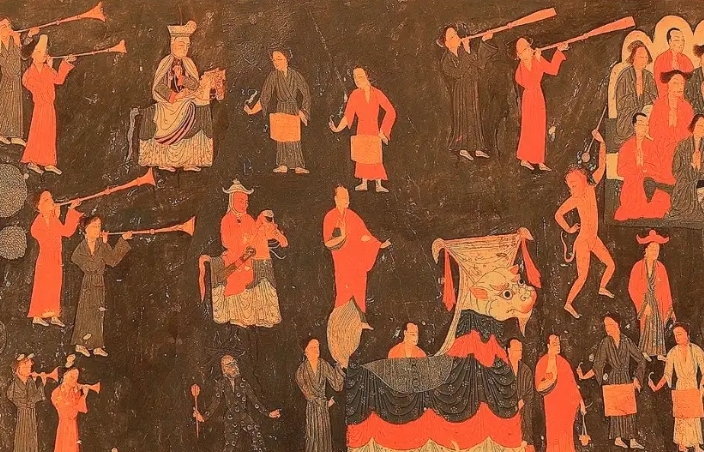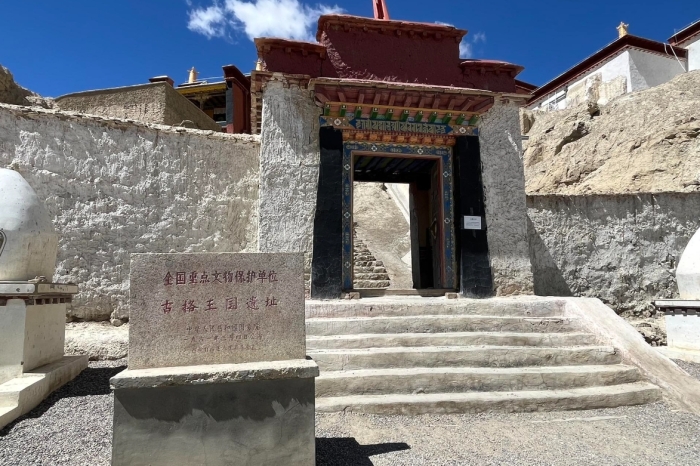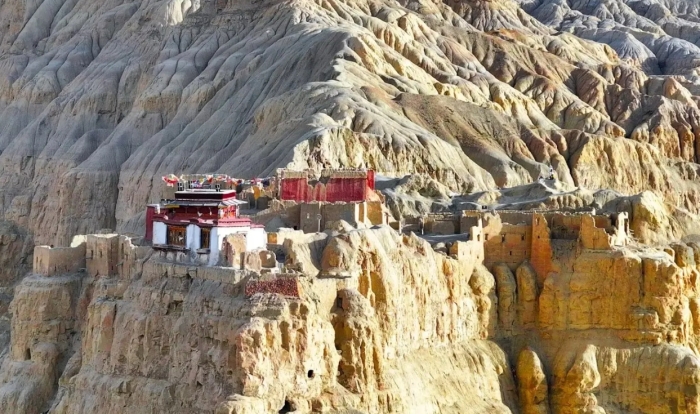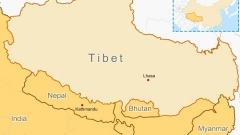In western Tibet’s Ngari Prefecture, the Ruins of the Guge Kingdom stand as a reminder of a once-great civilization. Built across the hills of Zanda County, the site once held palaces, monasteries, caves, and fortresses. Though weathered by time, the ruins still tell the story of a kingdom that thrived for centuries before disappearing into history.
A Brief History of Guge Kingdom
The Guge Kingdom was founded in the 10th century by descendants of the ancient Tibetan royal family. It became a vital political, cultural, and religious center, playing a key role in reviving Buddhism in Tibet after its decline in earlier centuries. At its peak, Guge’s influence stretched across western Tibet and into neighboring regions, attracting scholars, traders, and pilgrims.
However, in the 17th century, the kingdom collapsed under mysterious circumstances. War, famine, and political strife are thought to have contributed to its downfall, leaving behind a ghostly city of ruins.
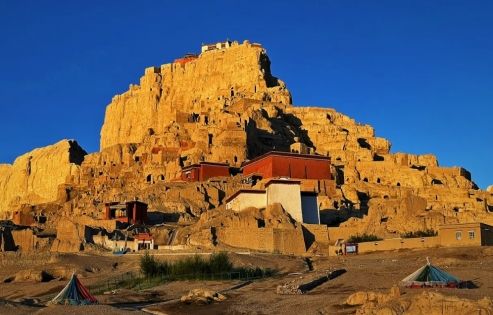
What to See in the Guge Ruins
Exploring the Guge Kingdom ruins is like stepping back in time. The site includes:
-
Palaces and Fortresses: Built on a hillside, the structures are layered across different elevations, creating a fortress-like cityscape.
-
Monasteries and Temples: Over 400 rooms and more than 800 caves served as places of worship, meditation, and living quarters. Many murals and frescoes still survive, displaying vivid Buddhist art.
-
Murals and Frescoes: The art here is especially significant, blending Tibetan, Indian, and Nepalese styles. Visitors can see depictions of deities, mandalas, and historical scenes.
-
Panoramic Views: From the top of the ruins, travelers can enjoy sweeping views of the barren yet mesmerizing landscape of Zanda Earth Forest.
How to Visit the Guge Kingdom
Reaching Guge is an adventure in itself. The ruins are located in Zanda County, Ngari Prefecture, about 20 kilometers from the county seat. Most travelers visit Guge as part of a longer journey through western Tibet, often combined with trips to Mount Kailash and Lake Manasarovar.
The best time to visit is May to October, when the weather is relatively mild and road conditions are safer. Due to its remote location and altitude of over 3,700 meters, visitors should prepare for long drives, basic accommodations, and the challenges of high-altitude travel.
Why Guge Matters
The Guge ruins are more than just historical remnants—they represent a bridge between Tibet’s past and present. As one of the best-preserved archaeological sites on the Tibetan Plateau, Guge provides rare insights into medieval Tibetan life, religion, and art. For travelers, it’s not just a sightseeing destination but a journey into the mysteries of an ancient civilization that once thrived in the “Roof of the World.”
Conclusion
The Ruins of the Guge Kingdom offer a truly unique travel experience. Isolated yet captivating, they combine spectacular landscapes, spiritual depth, and rich history. For adventurers seeking more than the usual highlights of Tibet, Guge is a destination worth the journey.



